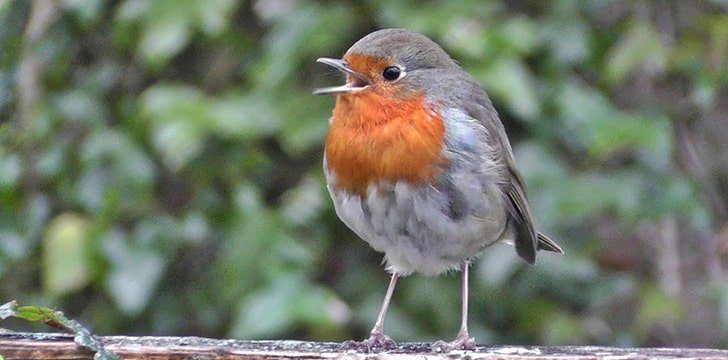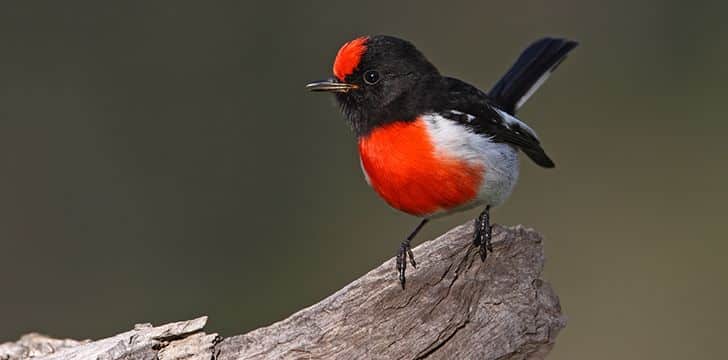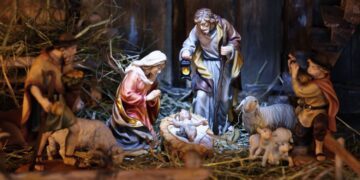The robin – an animal so intertwined in the images the mind conjures up when one thinks of Christmas, that we couldn’t disassociate the two.
The little plump ball of feathers reminds us of the chilly snowy Dickensian nights beside the fire, but this hasn’t always been the case.
The idea of the robin isn’t as old as you may think!
Here we’re going to look at 20 facts about the Red Robin.

Young robins actually have a brown breast rather than the iconic red. It stays this way until their first molt when their red feathers begin to grow.
The robin is synonymous with Christmas due to the British Postmen wearing big red tunics resembling red robins.
The love of robins in the U.K. is not something shared around the world, with many nations shooting their robins for a range of reasons including food and sport.
During the Victorian period, robin skins were used as a bizarre ladies hat accessory.
The name “Robin” wasn’t always the choice of phrase, until the 20th century they were simply known as “Redbreasts”.
The average life span of a European Robin is 2 years, and they start to breed in late March.
The robin is actually related to some unusual birds, including Blackbirds as it is a member of the Thrush family.
On December 15, 1960, the red robin was officially named Britain’s National Bird.
Each robin is quite unique, with each bird having a unique, but difficult to identify breast pattern.
The oldest red robin ever recorded was 13 years old.
If a robin is fed during the winter, it will carry on returning to the area for the whole winter.
Around 3 quarters of all robins in Britain, either through being unable to fend or becoming prey, die before their first birthday.
Robin’s singing is often mistaken for that of a nightingales. This is supposedly due to street lights confusing the birds and making them believe it’s still daylight.
Robins actually have quite the sweet tooth, being known to steal fruit cake and uncooked sweetened pastries.
The Latin name for the robin is Erithacus rubecula.
The robin’s famous redbreast is actually an orange coloring. This is due to the birds being named before English had developed the word orange.
It’s believed that robins are able to view the earth’s magnetic field via a special visual system known as magnetoreception.
A strange feature for the bird world is that the female and male species of robins are virtually identical. Some claim there is a slight difference in breast shape.
The robin that lands on Mary Poppins’ finger aren’t actually a European Red Robin, but actually an American variant.
Baby robins hatch after about 2 weeks, and in 3 they become independent.
So there we have it, 20 facts to amaze and delight anyone during those dull moments this Christmas.
From the origin of the Christmassy-link of robins to their orange color, the humble robin is quite the creature with a lot more than simply chirping up its sleeve.
I for one love the little, albeit noisy birds, and can’t wait to look out at Christmas to see one even with the tiny chance of a White Christmas.


















